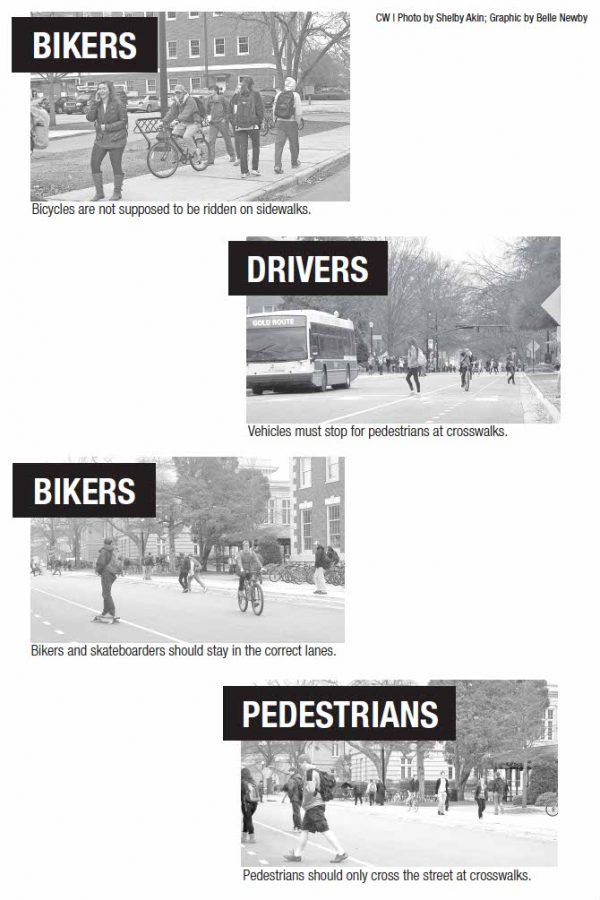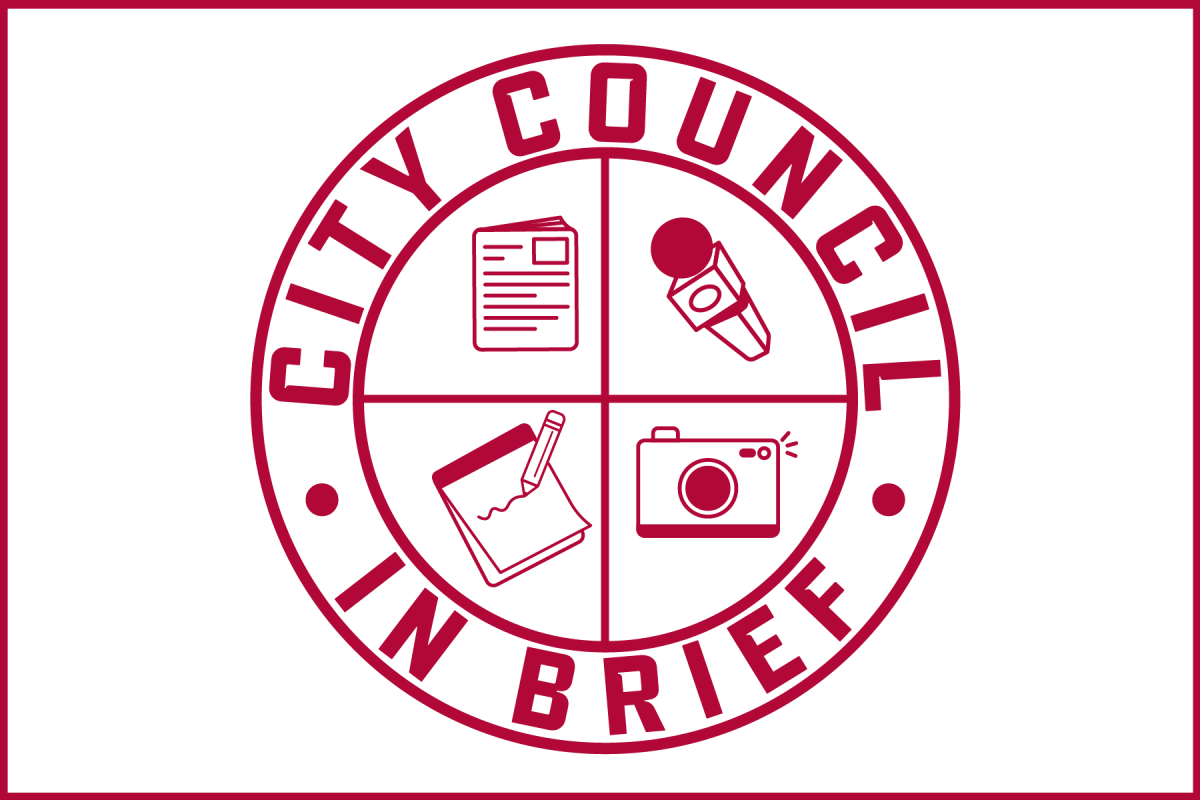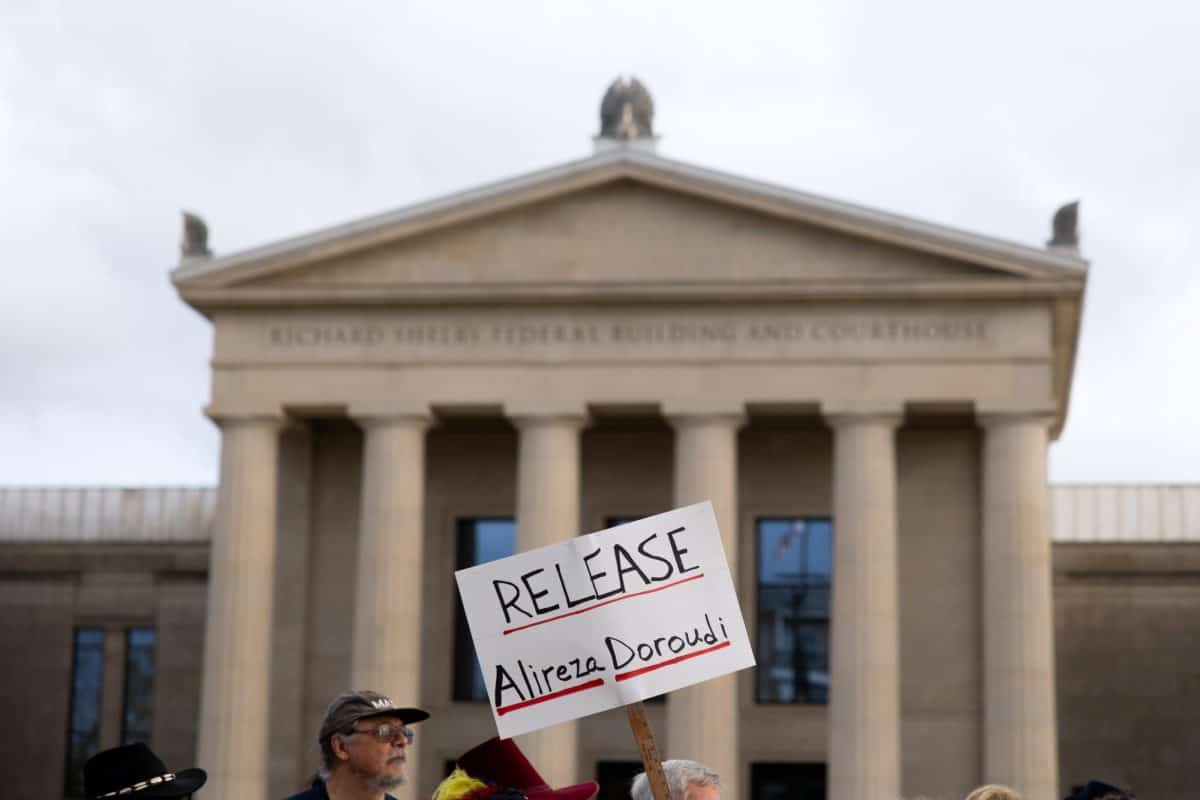Hansen Babington rode his bike to school the Tuesday before fall break. Babington, a law student, said he usually rides his bike to school, unless it’s raining or he has to wear a suit. He was cycling down University Boulevard when the driver of a parked car opened the car door a few feet away. The door caught his handlebar, and he tumbled over, hitting his head on the door and flipping his bike in the process.
Babington is only one of many injured in bike-related accidents. According to a 2011 report by the Center for Advanced Public Safety, in 2011, there were 203 bicycle accidents throughout Alabama. Five of the accidents resulted in deaths. That same year, there were 589 pedestrian accidents that resulted in 84 deaths. Three fatalities were in Tuscaloosa County, one cyclist and two pedestrians.
“I was riding my bike correctly – on the right side of the right lane of the road,” Babington said. “It is the duty of everyone who walks, runs, rides or drives to take responsibility for the effect their actions or inactions have on other people on the road. If the driver had simply glanced over his shoulder, the accident would not have happened.”
(See also “Students benefit from registering their bikes“)
In response to the growing problem, The University of Alabama launched the Stay on Your Side campaign in September, an effort to encourage bikers, drivers and pedestrians to follow traffic laws. The campaign intends to raise awareness through fliers, emails, signs and a Twitter presence.
According to the campaign’s media release on dialog.ua.edu, Twitter is to play a significant role in raising awareness. Students and faculty are encouraged to follow @UA_SOYS and tweet pictures when they see someone following the rules. As of Tuesday, @UA_SOYS listed 18 tweets and 20 followers.
Bicycles are considered motor vehicles under Alabama law and therefore have the same rights and responsibilities as motor vehicles, said Cathy Andreen, director of media relations for the University. Pedestrians are also responsible for following traffic laws. Bicycles are not supposed to be ridden on sidewalks, pedestrians should only cross the street at crosswalks, and drivers are responsible for respecting bikers on the road, according to the University of Alabama Police Department’s Safer Living Guide. Collisions often occur when basic safety rules, and laws, are not being followed. While many view Stay on Your Side as a step in the right direction, others argue there is room for improvement.
“There is a lot of unsafe travel on campus, and every little bit of education and encouragement helps,” Harry Whitver, an instructor in the English department, said. “That being said, this program could be aided by a number of additions.”
Whitver said he is disappointed every year by the number of students who believe bicycles should be on sidewalks. He said he concluded that a lack of education is leading to a failure to follow traffic laws.
“Many students do not know the laws regarding bikes and so, ride on the sidewalk,” Whitver said. “In addition, many drivers do not know the laws and make it more difficult for conscientious cyclists. I have been yelled at multiple times by drivers shouting for me to ‘get off the road.’ Just last week a driver called me a name and yelled for me to get off the road not 100 yards before the ‘Share the Road’ sign on Bryant.”
(See also “Sidewalks are for pedestrians, not cyclists“)
Whitver said he is advocating change in student education and campus design. He pointed out the failings of many bike lanes, such as the one behind Gorgas. The bike lane runs parallel to the bus stop, so when students are waiting for a ride they overflow into the bike lane. This, he said, only creates a dangerous situation for everyone involved.
On Feb. 10, Stephen Schwab, a history professor, wrote an open letter sent to President Judy Bonner, faculty members, the SGA and The Crimson White detailing his grievances and asking for immediate changes to be made in ensuring the safety of everyone on campus.
“The hazards to pedestrians and handicapped students who use wheelchairs or have any difficulty in walking normally are becoming more serious as the University population grows and campus becomes more congested,” Schwab wrote. “Corrective action is required.”
He said often students do not wear helmets, or are misusing the outlined bicycle paths on campus.
“Even if they are in bicycle paths, I noticed some students were in the wrong lanes, or they were outside the lanes,” he said. “They don’t pay any attention to signage or the proper lane that they are supposed to be in even if they are using the lane. And of course, you see them riding on sidewalks all the time… I have never yet seen a policeman stop a cyclist or a skateboarder for what they are doing.”
Schwab’s letter was presented to the Student Government Association Senate. He said he was approached shortly after to assist in drafting new legislation. The proposed legislation recommends everyone who brings a bicycle on campus pay a required registration fee, and cyclists and skateboarders ride their bikes only on roadways that have bicycle lanes and walk their bicycles if they are going on the sidewalk or across the area in front of the Ferguson Center.
Schwab said in order to reduce potential hazard, campus police should enforce these regulations. If a person gets three citations within a year for not observing regulations they will not be allowed to ride a bicycle or skateboard for a specified period of time under the new legislation.
The Senate has not yet voted on these proposed regulations.
The University of Alabama administration was unavailable to return calls for comment before publication.
(See also “As bike racks migrate, students become inconvenienced“)









